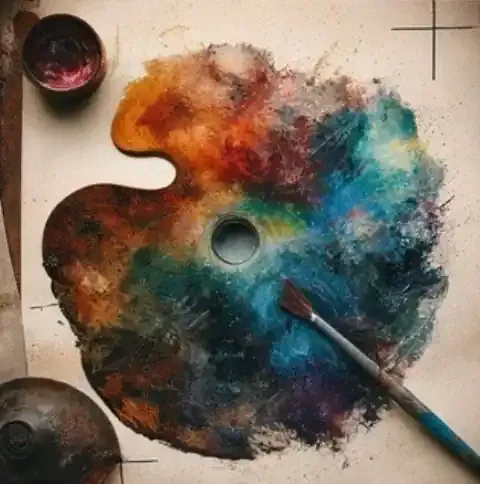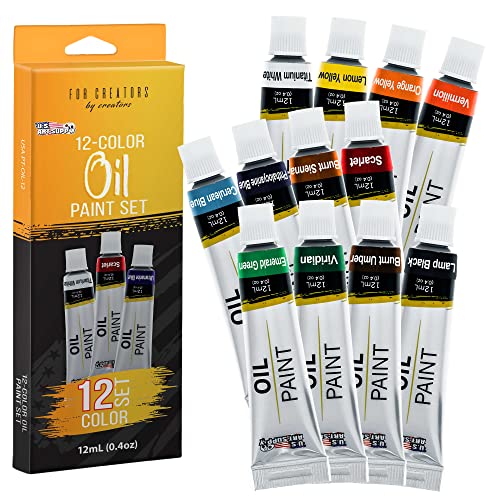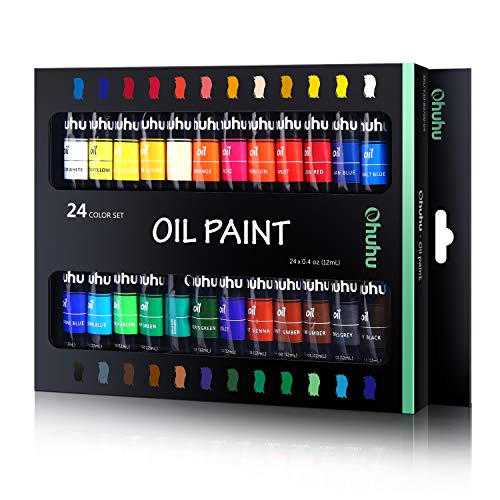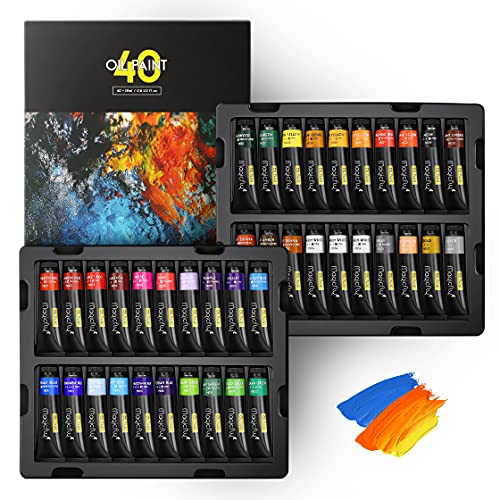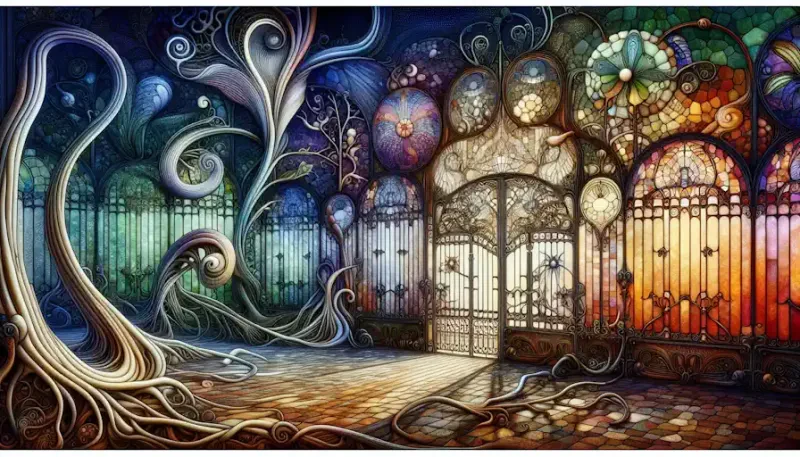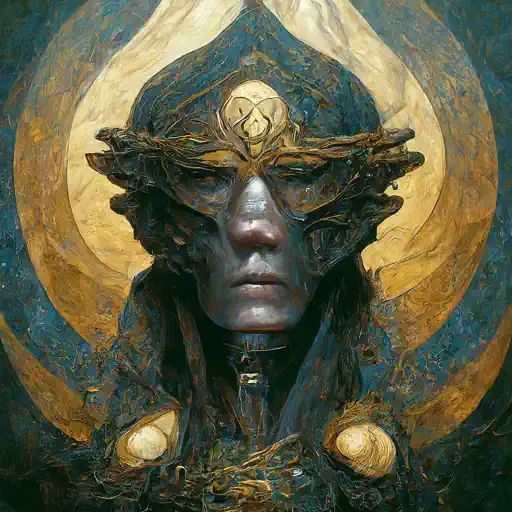The realm of art supplies is as vast and diverse as the artists who use them. From the humble pencil to the sophisticated digital tablet, the tools and materials available to creators have evolved significantly over time. This article explores the foundations of art supplies, tracing their historical development, understanding the variety available, and appreciating their impact on artistic expression.
Historical Development
The history of art supplies is intertwined with the history of art itself. Early humans used natural pigments found in the earth, such as ochre and charcoal, to create paintings on cave walls. These primitive materials were the first art supplies, and their use marks the beginning of human artistic endeavor.
As civilizations advanced, so did the sophistication of art materials. In ancient Egypt, for example, artists used mineral pigments to create elaborate frescoes and decorations in tombs and temples. The Greeks and Romans further refined the use of pigments, developing techniques for making paint that would influence art for centuries.
The Middle Ages saw the invention of new art supplies that would have a profound impact on art. Paper, invented in China and brought to Europe through the Islamic world, became a crucial medium for drawing and painting. The development of oil paint in the 15th century allowed for greater depth of color and detail, revolutionizing painting.
Variety of Art Supplies
Today, the variety of art supplies available is staggering. Artists can choose from a wide range of mediums, including:
Drawing: Pencils, charcoals, pastels, inks, and markers offer a range of possibilities for line and shading.
Painting: Watercolors, acrylics, oils, and gouache provide diverse textures and finishes.
Sculpture: Clay, metal, wood, and modern materials like resins and plastics allow for three-dimensional expression.
Printmaking: Inks, plates, and presses enable artists to create multiples of their work.
Digital: Graphic tablets and software open up new realms of creativity, merging traditional techniques with digital innovation.
Impact on Artistic Expression
Art supplies do more than just enable artistic creation; they influence the very nature of artistic expression. The limitations and possibilities of each medium shape the artist's approach to their work. For example, the immediacy of charcoal lends itself to expressive, gestural drawings, while the precision of ink can facilitate intricate detail.
Furthermore, the development of new art supplies has often led to new artistic movements. The availability of portable paint tubes in the 19th century, for example, made plein air painting more feasible, contributing to the rise of Impressionism. Similarly, the advent of digital art tools has spawned new genres and styles, from digital painting to 3D modeling.
The Role of Quality and Accessibility
The quality of art supplies can greatly affect the outcome of a piece of art. High-quality materials often offer superior pigmentation, durability, and ease of use, enabling artists to achieve their desired results more effectively. However, the cost of premium supplies can be prohibitive for many, making accessibility an important consideration.
Efforts to make art supplies more affordable and widely available have democratized art, allowing more people to explore their creativity. This accessibility fosters a diverse artistic community, enriching the cultural landscape with a wider range of voices and perspectives.
Art supplies are the foundation upon which the art world is built. They are not merely tools but partners in the creative process, each with its own history, characteristics, and influence on artistic expression. Understanding the foundations of art supplies enriches our appreciation of art, reminding us of the ingenuity and innovation that drive human creativity. As we look to the future, the ongoing evolution of art materials promises to continue inspiring artists and shaping the trajectory of art history.
The palette of paints, a fundamental tool in the artist's arsenal, is as diverse and colorful as the history of painting itself. This article delves into the essence of the paint palette, exploring its evolution, types, and the significance of color choices in artistic expression.
The Evolution of the Paint Palette
The history of the paint palette is a reflection of the evolution of art. From the natural pigments used by ancient civilizations to the synthetic colors developed in the modern era, the palette has undergone significant transformation. Initially, artists were limited to colors derived from the earth, minerals, and plants. These natural pigments included ochres, lamp black, and ultramarine, derived from lapis lazuli.
The Renaissance period marked a turning point in the development of paint palettes, with the introduction of new pigments and the refinement of oil painting techniques. This period saw the expansion of the palette with brighter and more durable colors, which allowed artists to achieve greater depth, realism, and vibrancy in their work.
The Industrial Revolution ushered in a new era of synthetic pigments, further expanding the artist's palette. The invention of colors such as Prussian blue, cadmium yellow, and alizarin crimson revolutionized painting, offering artists unprecedented vibrancy and consistency.
Types of Paints and Their Palettes
The choice of paint medium significantly influences the composition of an artist's palette. Each medium offers unique characteristics and possibilities:
Watercolor: Known for its translucency and fluidity, the watercolor palette typically includes a range of pigments that can be diluted to achieve various effects. Watercolorists often prefer pans or tubes and utilize a mixing tray to blend their colors.
Oil: Oil paints, prized for their richness and depth, offer a broad palette of colors that can be blended seamlessly on the canvas. Artists working with oil paints often use a wooden palette where they can mix their colors extensively.
Acrylic: Acrylics dry quickly and can mimic the qualities of both oil and watercolor paints. Acrylic palettes often include a wide range of synthetic pigments, and artists may use disposable palettes or stay-wet palette systems to keep the paints workable.
Gouache: Gouache, an opaque watercolor, requires a palette that includes both vibrant and muted colors to take full advantage of its covering power and matte finish.
The Significance of Color Choices
The composition of an artist's palette is deeply personal and reflective of their artistic vision. Color choice is not merely a matter of preference but a crucial aspect of conveying emotion, atmosphere, and meaning. The Impressionists, for example, revolutionized art with their use of pure, vibrant colors to capture the effects of light and atmosphere. Conversely, the Expressionists used intense, non-naturalistic colors to convey emotional depth and psychological states.
Modern and contemporary artists continue to explore the potential of color, often employing limited or monochromatic palettes to make bold statements or to focus on form and texture over color.
The palette of paints is more than a selection of colors; it is an essential component of the artist's creative process, offering endless possibilities for expression. Through the ages, the development of new pigments and painting mediums has continually expanded the boundaries of what is possible on the canvas. Today, artists have access to an unprecedented range of materials, allowing them to express their unique vision with unparalleled vibrancy and nuance. As we look to the future, the evolution of the paint palette will undoubtedly continue to inspire and challenge artists, pushing the boundaries of creativity and artistic expression.
The world of art is not just defined by the colors an artist chooses but also by the tools they use to bring their visions to life. Brushes, pens, and an array of other instruments are the conduits through which creativity flows, each offering unique avenues for expression. This article explores these essential tools, shedding light on their history, varieties, and the roles they play in the artistic process.
The Historical Journey of Art Tools
The history of art tools is as old as humanity's desire to express itself visually. Early humans used fingers, twigs, and bones to apply pigments to cave walls. As civilizations advanced, so did the sophistication of their tools. Ancient Egyptians crafted fine brushes from palm leaves to create detailed hieroglyphics, while medieval scribes used quill pens to illuminate manuscripts.
The Renaissance marked a significant evolution in art tools, with the development of finer brushes made from animal hair, allowing for more detailed and nuanced work. The industrial era brought further innovations, including the mass production of brushes, the invention of steel pen nibs, and the development of synthetic materials, expanding the artist's toolkit exponentially.
Brushes: The Painter's Wand
Brushes are perhaps the most iconic of all art tools, offering a wide range of shapes, sizes, and bristle types to suit different mediums and techniques.
Natural vs. Synthetic: Natural bristles, made from animal hair, are prized for their ability to hold paint and create smooth applications. Synthetic bristles, made from man-made fibers, offer durability and are suitable for acrylics and other water-based mediums.
Shapes and Sizes: From the broad strokes of a flat brush to the fine detail achievable with a round brush, the shape of the brush head is crucial. Filbert, fan, and angle brushes each serve distinct purposes, from blending to creating texture.
Pens: Precision and Fluidity
Pens offer artists precision and a degree of control that brushes cannot match. The development of pens has enabled a variety of artistic expressions, from intricate line work to bold, graphic designs.
Types of Pens: Dip pens, with their interchangeable nibs, offer versatility in line width and texture. Fountain pens provide a smoother experience, ideal for sketching and writing. Technical pens deliver consistent lines, perfect for detailed drawings and architectural plans. Meanwhile, modern brush pens blend the fluidity of a brush with the control of a pen, ideal for calligraphy and illustration.
Other Essential Tools
Beyond brushes and pens, artists rely on a myriad of other tools:
Pallet Knives: Used for mixing paint and applying it in thick layers, pallet knives are essential for techniques like impasto.
Sponges and Rags: For texturing and blending, natural and synthetic sponges, as well as rags, can create effects that brushes alone cannot achieve.
Erasers and Sharpeners: Essential for drawing, these tools allow for correction and precision.
Digital Tools: Graphics tablets and styluses have opened new frontiers in art, allowing for digital drawing and painting that mimic traditional techniques.
The Role of Tools in Artistic Expression
The choice of tool is a critical decision that can define an artist's style and approach to their work. Each tool offers its own set of possibilities and limitations, challenging artists to think creatively about how they apply their medium. The tool becomes an extension of the artist's hand and imagination, translating intangible ideas into tangible forms.
Art tools also democratize creativity, making art accessible to beginners and professionals alike. They serve as a bridge between the artist and their canvas, whether it's a literal canvas, a sheet of paper, or a digital screen.
Brushes, pens, and other tools for art are as diverse and complex as the art they help create. They are not just instruments but partners in the creative process, each with its own history, characteristics, and potential for expression. Understanding and mastering these tools is a lifelong journey for artists, one that is fundamental to the exploration and realization of their artistic vision. As technology advances and the boundaries of art expand, the evolution of these tools will continue to inspire and challenge artists in their quest for expression.
As we conclude our exploration of the foundational elements of art supplies—paper, canvas, paints, brushes, and essential tools—it becomes evident that these components are not just mere instruments but rather the very essence of artistic expression. From the crisp lines drawn with a fine pencil to the vibrant hues spread across a canvas, each stroke tells a story, each layer adds depth to the narrative.
Through understanding the characteristics and possibilities of different materials, artists can transcend the limitations of their mediums and breathe life into their creations. Whether you're a seasoned professional or an aspiring novice, mastering these foundational supplies is essential for unlocking your artistic potential.
As you embark on your creative journey, remember that experimentation is key. Don't be afraid to push the boundaries of traditional techniques or explore new mediums. Embrace the process of discovery, and allow yourself the freedom to make mistakes along the way.
In the world of art, there are no strict rules or boundaries—only endless possibilities waiting to be explored. So, gather your supplies, unleash your imagination, and let your creativity soar. After all, the greatest masterpiece is yet to be created, and it all begins with a blank canvas and a stroke of inspiration.
